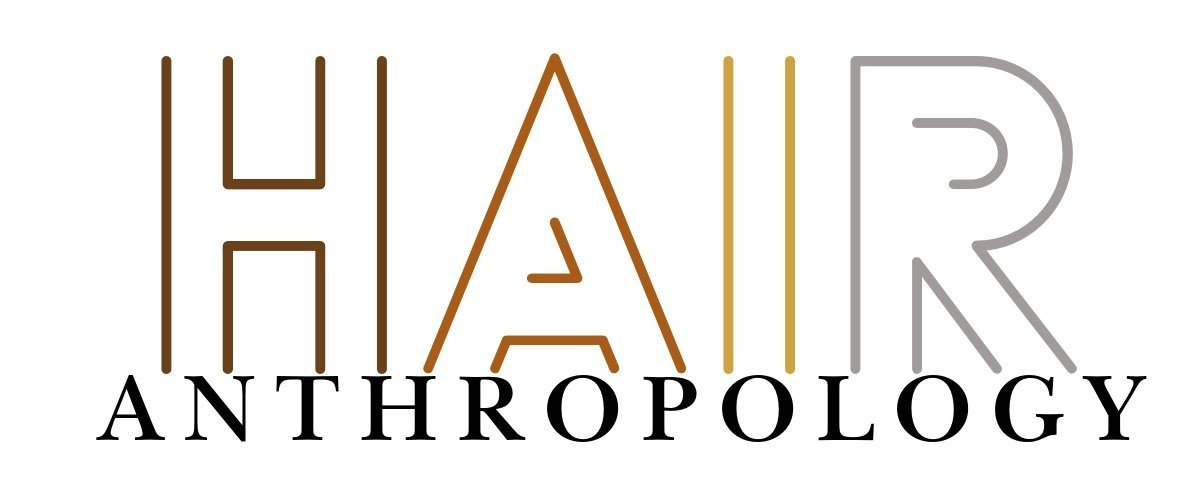Pukara Neck Emblem or Sash - Made with Human Hair From Peru






Here we see one of the oldest textile objects made with camelid and human hair found in South America. In addition to the details I’ve provided here, I’ve ordered the book Tiwanaku: Ancestors of the Inca, which I hope will give even more insights because I’d love to learn more about the people and culture behind it.
The most extensive public description I can find of this is in, Recent Acquisitions, A Selection: 2002–2003": The Metropolitan Museum of Art Bulletin, v. 61, no. 2 (Fall, 2003)
”This textile, of a highly unusual shape, is extremely rare. While attributed to the Pukara tradition, believed to be a precursor of the better-known Tiwanaku culture in the Lake Titicaca area of highland Peru and Bolivia, it is said to have come from the Ica Valley on the coast of southern Peru. The iconography, in fine interlocked tapestry in colors ranging from natural brown and beige to dyed red, blue, green, and yellow, consists of human and animal faces in profile. The arrangement of the human heads with pointed noses and split eyes, looking in different directions, and the diamond-patterned panel are characteristic of the Pukara style. The principal head faces down and expresses a sense of supernatural power, with its fanged mouth, snake, and profile puma with spotted pelt decorating it. Below the head and connected to it by two bands is an upside-down head, from which hang long strands of human hair. It is read as a trophy head, a common theme during this period in southern Peru. The long strings at the top suggest the piece was worn around the neck or waist of an important individual, either at the front or at the back. -HK”
Item Description: Neck Emblem or Sash
Date: 2nd century B.C. – A.D. 2nd century
Earliest Date: -75
Latest Date: 225
Geography: Peru
Culture: Pukara
Medium: Camelid and human hair
Dimensions: H. (without hair) 25 x W. 7 1/4 in. (63.5 x 18.5 cm)
Classification: Textiles-Woven
Provenance: William J. Conklin, Berkeley, CA; Bentley Dillard, Scottsdale, AZ; [Conlon Siegal Galleries, Santa Fe, New Mexico, until 2003] when purchased by Pat and John Rosenwald, Fred and Rita Richman, and Discovery Communications Inc. Gifts, 2003
References: Young-Sánchez, Margaret. Tiwanaku: Ancestors of the Inca.
Denver: Denver Art Museum, 2004, pp. 87, 189, fig. 3.20. “Margaret Young-Sánchez was the Frederick and Jan Mayer Curator of pre-Columbian Art at the Denver Art Museum from 1999 until 2016. She is an expert on the art of ancient South America, specializing in Andean textiles.”
My Sources:
https://www.metmuseum.org/art/collection/search/319223
https://www.metmuseum.org/toah/ht/05/sac.html
https://www.jstor.org/stable/community.18447543?seq=1
https://www.linkedin.com/in/margaret-young-sanchez-8248b7b
All images shared as part of THE MET Open Access


